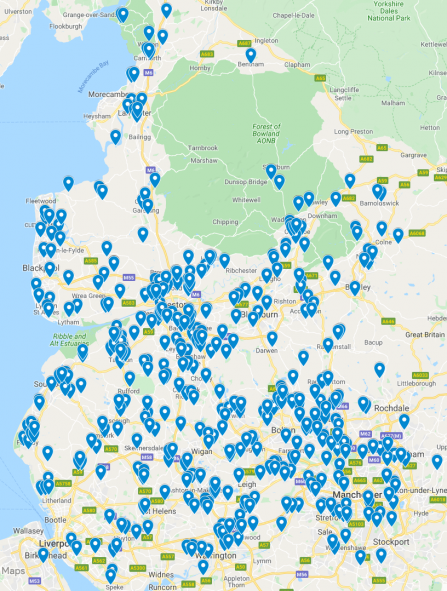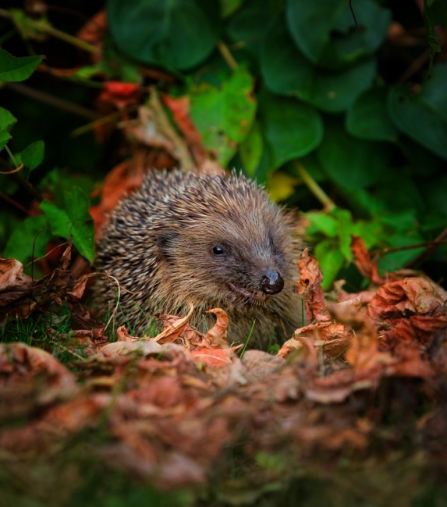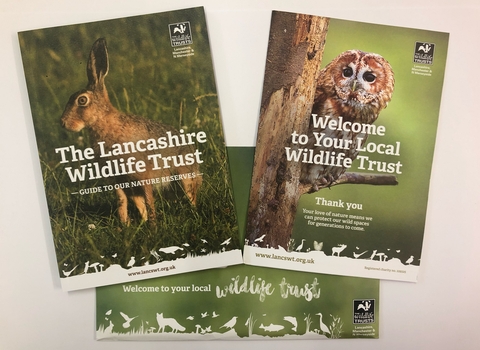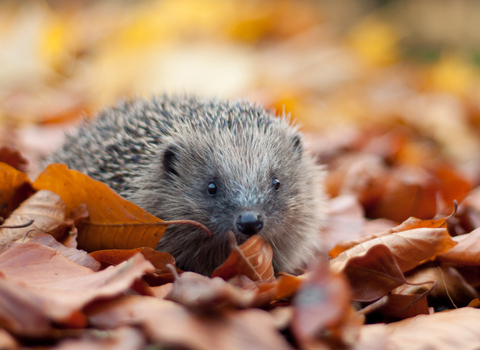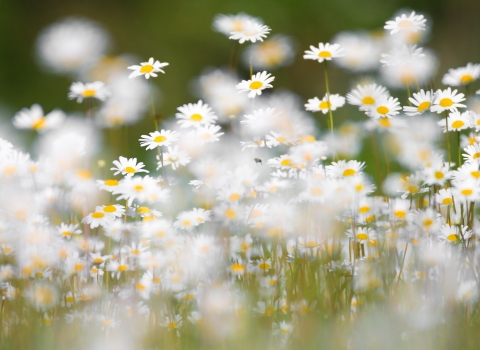Though they’re one of the UK’s best-loved mammals, these once-common garden visitors are disappearing from under our very nose. In fact, our country’s hedgehogs are deteriorating as quickly as tiger populations are across the world.
We wanted to learn more about how hedgehogs are faring locally, so in November 2019 we ran a survey to try and build a picture of the state of hedgehog populations right across our region. From Barnoldswick to Formby, 512 of you logged your sightings on our website, revealing that hogs across Lancashire, Manchester and North Merseyside have mixed fortunes.


